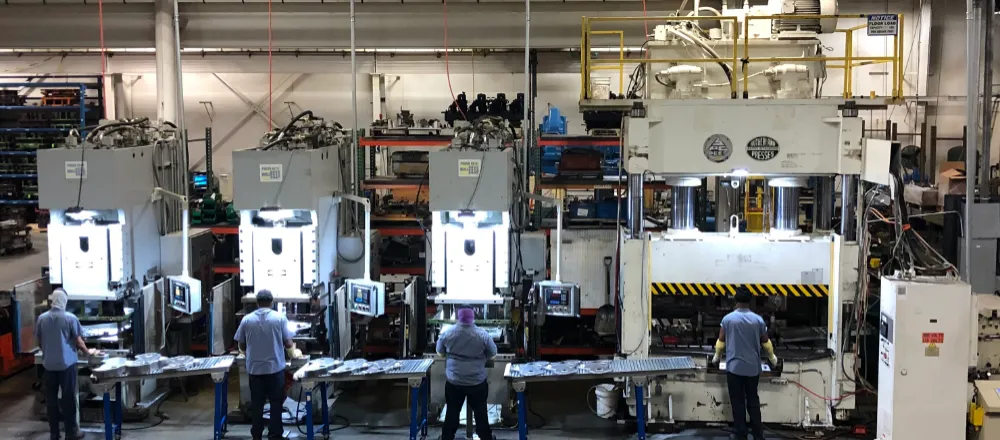As industries strive to adapt to supply chain issues and increase production during the post-COVID recovery, the demand for metal products is expected to surge. This surge is further fueled by a growing emphasis on building clean technology for renewable energy and a renewed focus on infrastructure development in the United States and China. In this perfect storm for high metal prices, it is crucial to understand which metals are most affected and when we can anticipate a potential price decrease.
The impact of supply shortages and soaring demand is felt across almost every metal market, with particular emphasis on metals commonly used in industrial production. Steel, aluminum, copper, and nickel are among the metals experiencing significant price hikes.
Steel and Stainless Steel: The consolidation and reshoring of steel operations, coupled with reduced steel scrap availability, have led to higher costs for steel refinement and production.
Aluminum: Canada, the primary supplier of aluminum to U.S. operations, has imposed export quotas, resulting in limited availability. The demand for aluminum far exceeds these limitations, leading to higher prices.
Copper: Copper plays a critical role in electronics, electrical components, and various industries such as electric cars, infrastructure, microchips, renewable energy, and energy storage. Supply shortages and increased demand in these sectors have contributed to the sustained high prices of copper.
While there are forecasts of a decline in record-high metal prices as the global economy continues to recover, it is unlikely that prices will return to pre-pandemic levels in the foreseeable future. The market is expected to remain tight well into 2022, driven by large-scale infrastructure plans in the U.S. and China, which will continue to drive demand for these metals.

In addition to the price impact, it is important to note that the pandemic has also resulted in shipping challenges, leading to longer lead times for certain materials. Given the tight supply situation, it is advisable to incorporate several months or more into your production lead times throughout 2022.
With the understanding of the challenges posed by the current supply chain dynamics and the high prices of metals, including geogrid, businesses must carefully navigate the market to ensure a sustainable and efficient production process.